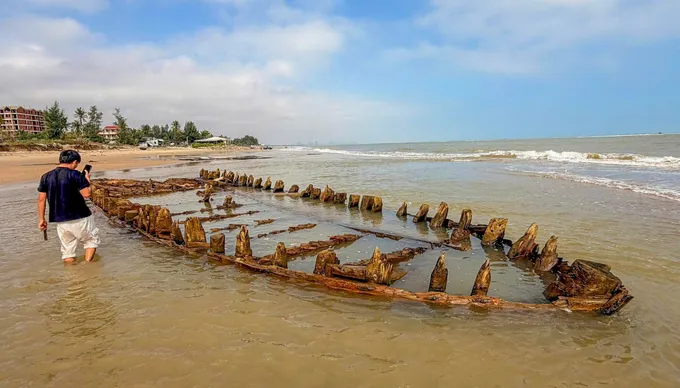
Ancient ship discovered on Hoi An coast
Continuously being filled and exposed
According to the Hoi An World Heritage Conservation Center, the shipwreck was discovered on the coast of Thinh My (Hoi An Tay Ward, Da Nang City), about 4.7km south of Cua Dai. The ship first surfaced in late 2023, when the coastline eroded, washing away the layer of sand covering the wooden stakes that formed the shipwreck.
Analysis of the wood samples shows that the ship was large, solidly built, combining Southeast Asian and Chinese shipbuilding techniques. Lagerstroemia, cypress, and pine wood were used, along with waterproofing putty, allowing the ship to undertake long voyages. However, the ship was repeatedly buried by sand, preventing further operations from being carried out.
In early November 2025, storms and large waves revealed the nearly complete upper part of the ship. On November 8, the 5m wide, 17.4m long ship was exposed, while the rest was still buried in the sand. Details of the beams, planks, cross-bulks, logs, and traces of shipbuilding techniques were clearly visible.
The experts assessed this as a rare relic, with historical maritime, commercial and archaeological value, requiring urgent excavation and urgent preservation. The relic is about 20m from the shore, and every time the tide rises, strong waves will bury the sand. The optimal solution is to use Larsen piles to prevent water, which is both cost-effective and effective, as applied in Binh Chau 2 (Vietnam) and Seam Ngam (Thailand).

Ms. Nguyen Thi Anh Thi, Vice Chairwoman of Da Nang City People's Committee
Ms. Nguyen Thi Anh Thi, Vice Chairwoman of Da Nang City People's Committee, emphasized that this is an important archaeological discovery, almost intact, contributing to clarifying the role of Hoi An trading port in the ancient international trade network. The preservation of relics requires modern techniques, in-depth knowledge and close coordination between management agencies, scientists and the community, ensuring the authenticity and long-term sustainability of the ship.
Preserving ancient ships, opening up tourism
The ancient ship that has just surfaced again on the coast of Hoi An Tay ward is considered by experts to be a special archaeological discovery, almost intact, with long-standing historical, cultural and commercial value.
According to Dr. Nguyen Ngoc Quy, Institute of Archaeology - Vietnam Academy of Social Sciences, the ship is not only important in terms of archaeology but also located in a harsh marine environment, strongly affected by wind and waves and at risk of human encroachment. This is rare physical evidence of the coastal culture of Quang region and helps research shipbuilding techniques, trade activities, chronology and cultural context of the region.

Dr. Nguyen Ngoc Quy, Institute of Archaeology - Vietnam Academy of Social Sciences shared
He hopes that this heritage can connect with the ancient urban space of Hoi An, becoming an attractive destination for tourists, while also serving research, display and education about the history of international trade as well as local maritime culture.
Meanwhile, according to Dr. Nguyen Duc Thanh, Deputy Director of the Forest Industry Research Institute, the arrangement of the preservation site needs to be calculated from the beginning, convenient for both temporary and in-depth processing stages. He proposed that the city plan a unified area where the entire process of excavation, preservation and restoration of ancient ships will be carried out, while aiming to display, introduce the process and serve tourists. This area is not only for the current ship but can also handle subsequent marine archaeological discoveries, moving towards forming a professional ship museum.
Dr. Nguyen Duc Thanh also said that the preservation of wet wood includes two stages: primary treatment to remove salt and seawater compounds, followed by long-term treatment with advanced solutions, a method that has been successfully applied to ancient ships in Japan. The primary treatment time is expected to be about a year, treatment can last 5-7 years, combined with temperature control by solar and electric energy to save costs.

On November 20, the Department of Culture, Sports and Tourism of Da Nang City held a consultation seminar on plans to protect and excavate ancient ship relics that have recently resurfaced in the coastal area of Hoi An Tay ward, Da Nang City.
Similarly, Dr. Nguyen Van Viet, Director of the Southeast Asian Prehistory Center, emphasized that this is an opportunity to build a research center and ship museum in Vietnam. Excavation needs to be careful, recording artifacts by 3D scanning for restoration, while preserving indigenous knowledge, developing cultural tourism and researching the history of the East Sea in pre-modern times.
Source: https://www.sggp.org.vn/di-san-hang-hai-hiem-co-co-hoi-phat-trien-du-lich-van-hoa-hoi-an-post824548.html

















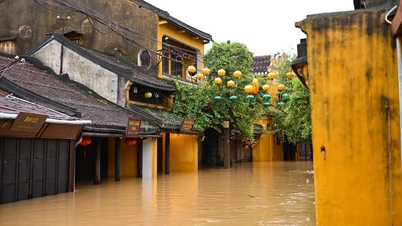







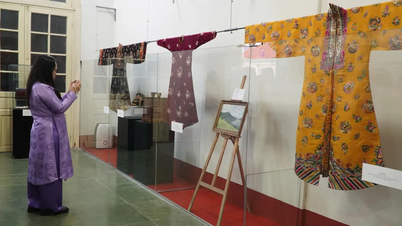
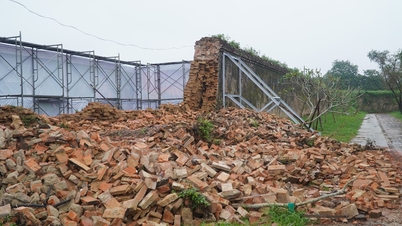





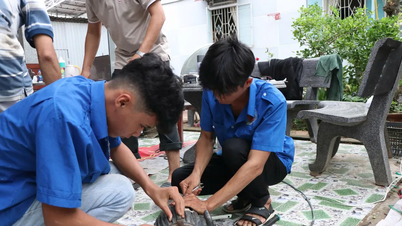





















































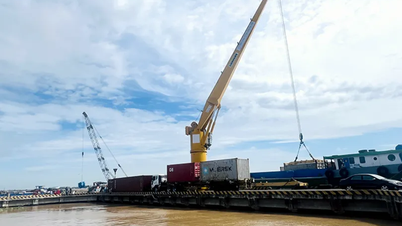


















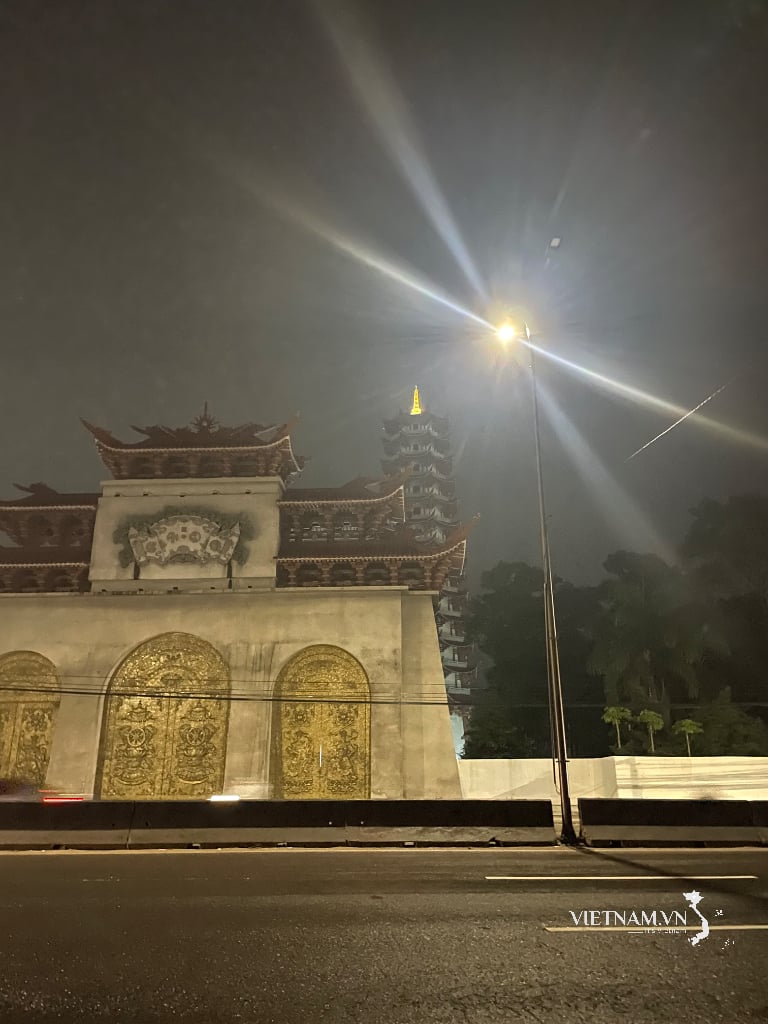

Comment (0)